Lecture06
Operationalising variables and bringing concepts to life
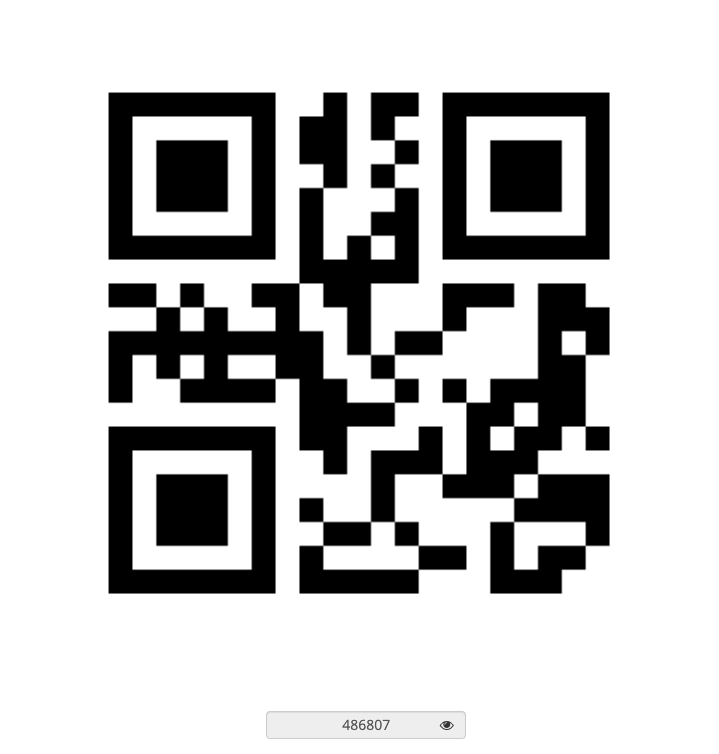
Key topics today
The week ahead (week 6)
- Personality & Individual Differences Essay Tutorial (Submission Fri, 25th Nov)
- How and why does intelligence predict important life outcomes?
- RASA and EC deadline for Critical Proposal (Fri, 18th Nov)
- PsychSociety film number 2!
- Tuesday (15/11/2022). You can find out more information and book here. Three Identical Strangers.
- Strike days - 24th (Thu), 25th (Fri), 30th (Wed)
- Labs - Online (and Offline) Data collection
Any Questions?
‘Operationalisation’ of variables
Operationalisation of variables requires a consideration of the reliability and validity of the method of operationalisation.
Operationalisation of variables also requires specification of the scale of measurement: nominal, ordinal, interval, or ratio.
Finally, operationalisation of variables can also specify details of the measurement procedure.
See Howitt and Cramer Chapter 3.3 (Box Research Example - Condon & Crano 1988)
Attitude similarity and interpersonal attraction
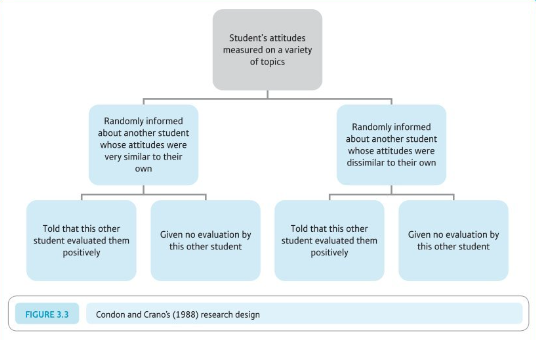
Their DV (consider pros and cons)
This person would like(dislike) me
This person would like(dislike) working with me in an experiment
The Student Room (question)

The Student Room (answer 1)
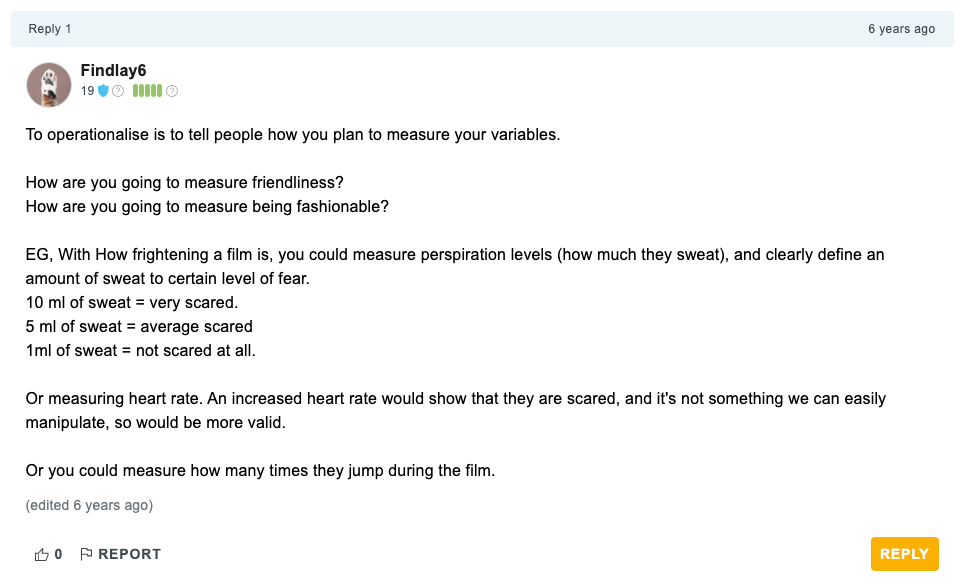
The Student Room (answer 2)

Let’s think about your forthcoming Personality essay
Two key concepts you’ll be thinking about and reading around…
Intelligence
important life outcomes
Hopefully, you will ask yourself…
How are these important and very tricky concepts
Defined
Measured
And brought to life in the lab!
Of great importance that you reflect on this for your MD too
How have you defined your variables of interest?
- IVs and DVs
How have you measured or categorised your variables of interest?
e.g. Social Media use
Gender
Frequency or low/high extraversion
The research process
•Develop research aims
•Specify research questions/hypotheses related to these aims
•Identify relevant constructs and concepts
•Translate constructs and concepts into variables (i.e., a logical set of characteristics/features)
•Translate variables into measurements (i.e., the quantification of characteristics/features)
Quantitative Research
A systematic examination of relationships between variables
‘Variables’ are ‘translated’ concepts, constructs or phenomena
Types of Variable
Independent
Experimental - The variable I manipulate
Non-Experimental - Comparison groups
Dependent
- The variable you measure, that you propose to be influenced by a manpulation of the IVs
Types of Measurement
Nominal/Categorical
Male/Female/…
Vegan, Vegetarian
Smoker/Non-Smoker
Types of Measurement
Ordinal
Numbers representing a rank position in a group
Not representative of an actual definite number/score/value - without information about the ‘gap’ between numbers
First, second, third
Tallest/Shortest
Types of Measurement
Interval
Numbers represent equal units giving information about the ‘gap’ between numbers
Temperature
Psychological Scales
Types of Measurement
Ratio
Interval measurements with an absolute zero, of equal units,
Weight
Length
Time/Reaction time*
learnstatswithjamovi.com
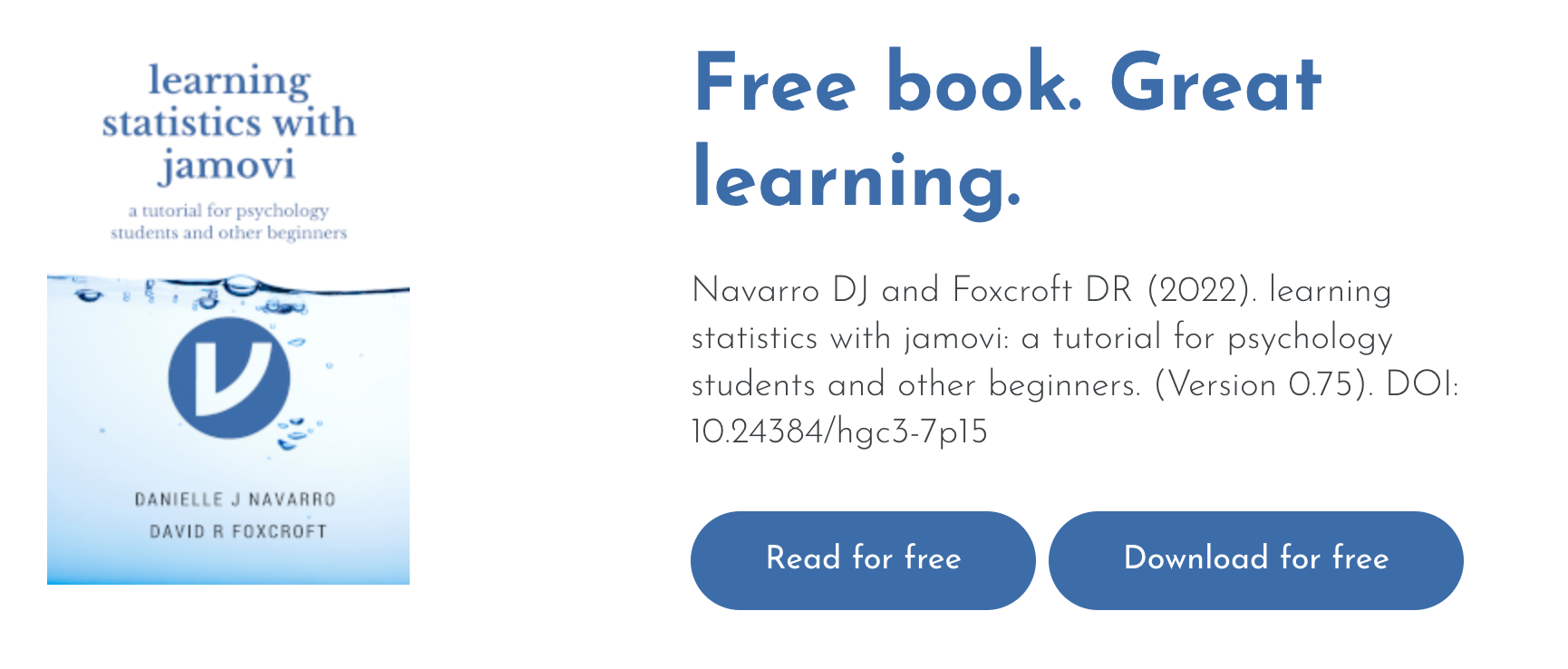
Dani’s example:
• My age is 33 years.
• I do not like anchovies.
• My chromosomal gender is male.
• My self-identified gender is male*
*see footnote 2, page 14 Learning Statistics with Jamovi
Median Splits
We often suggest a median split to dichotomise a continuous variable, e.g. for the purposes of creating a 2 level IV.
It’s a useful exercise in calculating a ‘computed variable’ in SPSS or Jamovi
It is NOT best-practice usually.
It is a key learning outcome that you are able to perform a standardised set of analysis, specifically, the 2x2 ANOVA with any necessary assumption checks and post-hocs + plots
Think about this
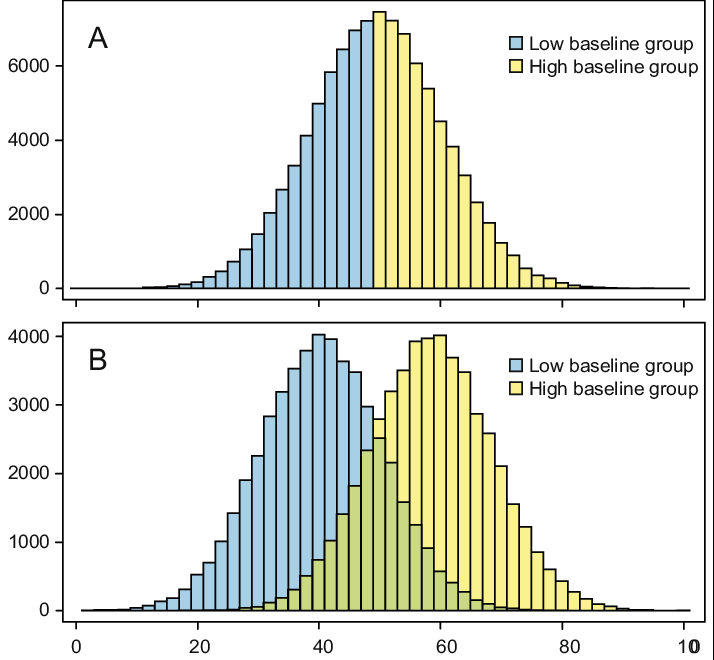
Operationalisation, measurement and definitions impact…
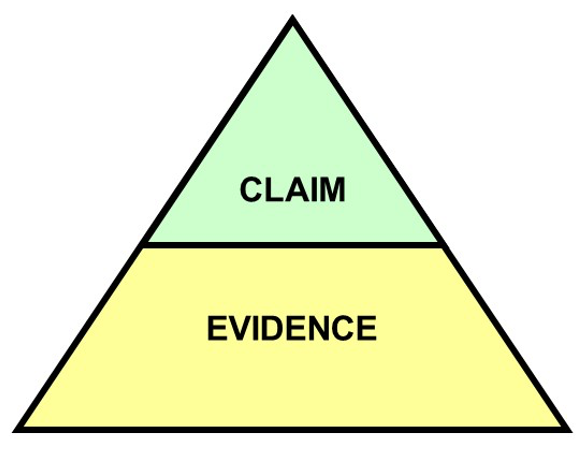
Summary
You should think carefully about:
How you define your variables - this is probably a part of the introduction that students DON’T think about enough
How you measure or categorise your variables (IVs and DVs) - this is probably the single thing I look at first when peer-reviewing research!
How well your manipulation does what it claims to. Does you manipulation bring the thing it proposed to to life well?
Questions?
Lab activities
Qualtrics (99% of you will use this!)- Full Support in Tomorrow’s labs (5mins)
Log in to an account with your Goldsmiths ID!!
10% of you will apply for the wrong type of account and be stuck for 2 weeks
Familiarise yourself with the Ethics Application process (10mins)
Consider the steps required to bring your study to life! (the rest)